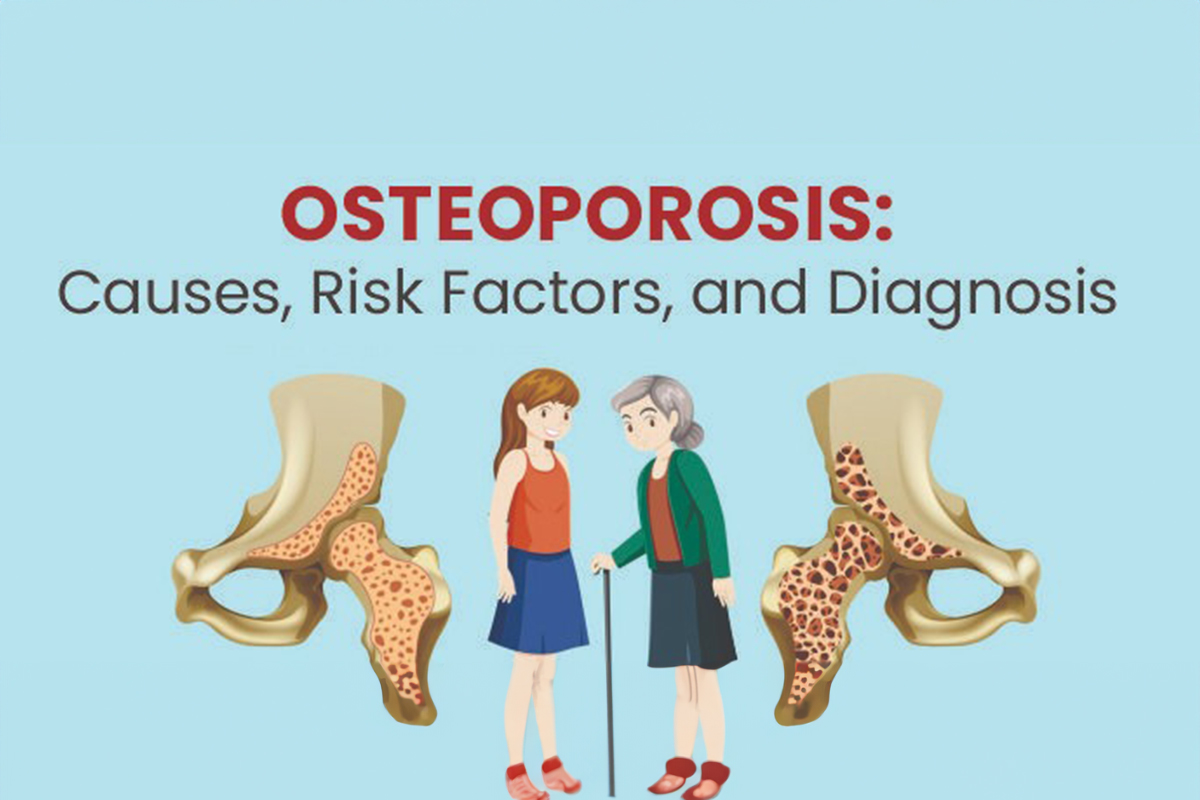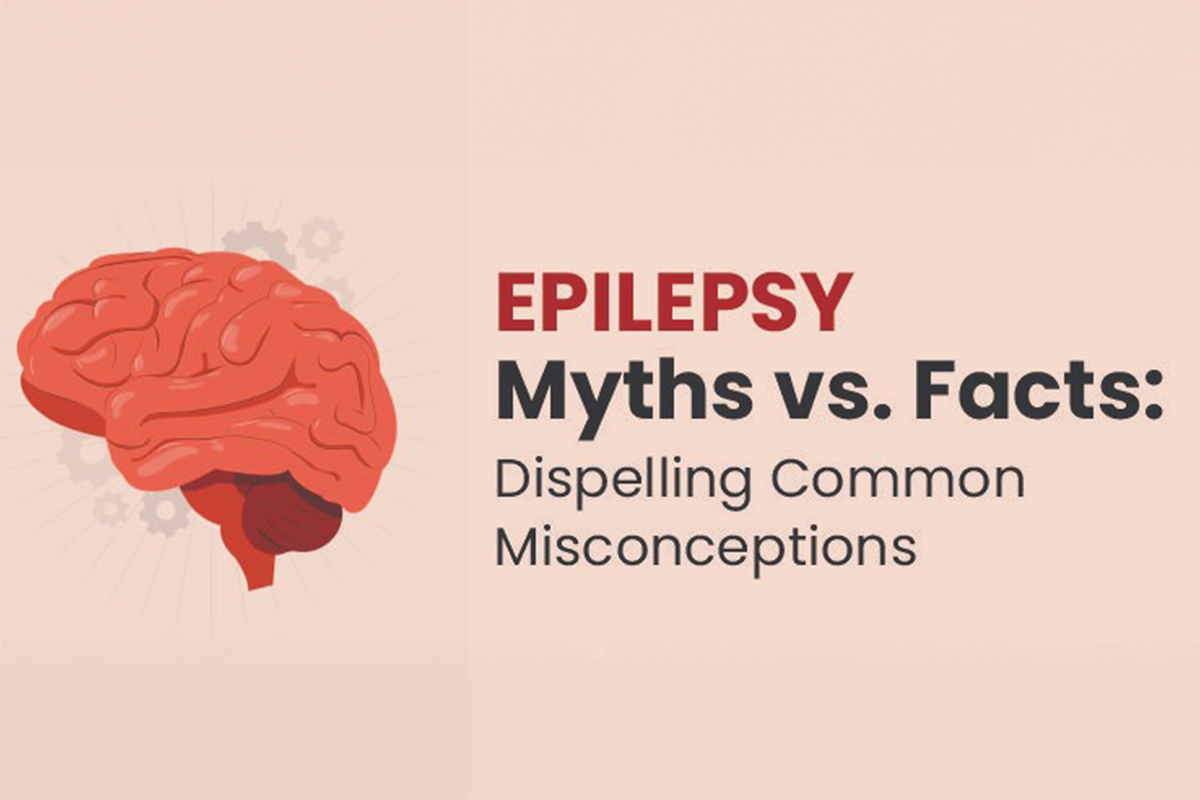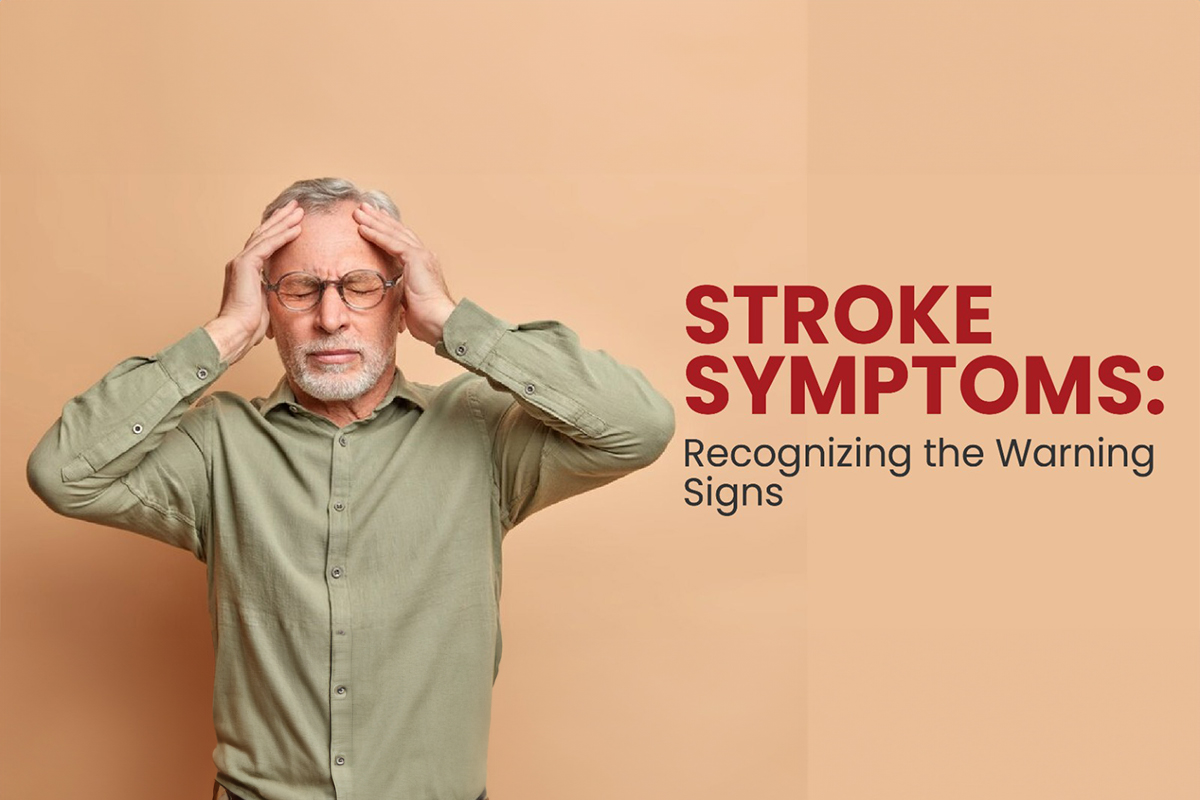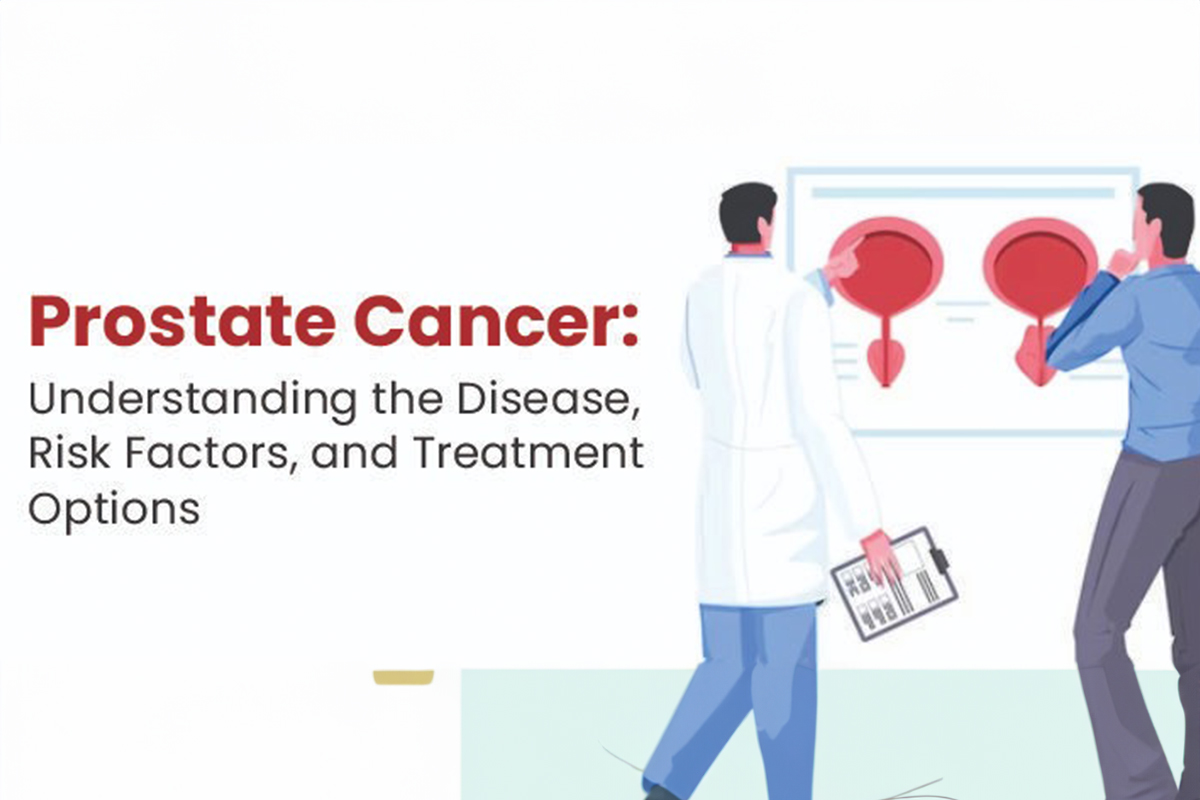
Understanding Osteoporosis: Causes, Risk Factors, and Diagnosis
By in Rheumatology
Oct 20, 2023
Osteoporosis is a common condition characterized by low bone mass and structural deterioration, leading to an increased risk of fractures. Understanding the causes, risk factors, and diagnosis of osteoporosis is essential for early detection, prevention, and effective management. In this article, we will explore the key aspects of osteoporosis to enhance awareness and promote bone health.
Causes of Osteoporosis:
Understanding the causes of osteoporosis is essential for its prevention and management:
- Age and Hormonal Changes: As individuals age, bone density gradually decreases. Women, in particular, are at an increased risk of osteoporosis due to the hormonal changes that occur during menopause. Estrogen, a hormone that plays a protective role in bone health, decreases significantly during menopause.
- Calcium and Vitamin D Deficiency: Inadequate intake of calcium and vitamin D, essential nutrients for bone health, can contribute to the development of osteoporosis. Calcium is crucial for bone formation, while vitamin D helps the body absorb calcium effectively.
- Lifestyle Factors: A sedentary lifestyle, lack of weight-bearing exercise, excessive alcohol consumption, smoking, and a diet low in fruits and vegetables can all negatively impact bone health and increase the risk of osteoporosis.
- Medical Conditions and Medications: Certain medical conditions, such as rheumatoid arthritis, celiac disease, and hormonal disorders, can affect bone density. Additionally, long-term use of corticosteroids and some other medications can impair bone formation and increase the risk of osteoporosis.
Risk Factors for Osteoporosis:
While anyone can develop osteoporosis, certain risk factors increase the likelihood of its occurrence:
- Gender and Age: Women, especially postmenopausal women, have a higher risk of osteoporosis compared to men. Additionally, the risk increases with age, as bone density naturally declines over time.
- Family History:Individuals with a family history of osteoporosis or fractures are more likely to develop the condition. Genetic factors play a role in determining bone density and susceptibility to osteoporosis.
- Body Composition:People with a small body frame and low body weight are at a higher risk of osteoporosis. Having less bone mass to begin with puts individuals at a disadvantage when bone loss occurs.
- Hormonal Imbalances:Hormonal disorders, such as hyperthyroidism or early menopause, can increase the risk of osteoporosis. These conditions disrupt the natural hormonal balance necessary for maintaining healthy bones.
- Nutritional Deficiencies:Inadequate intake of calcium and vitamin D, as well as poor overall nutrition, can contribute to the development of osteoporosis.
Diagnosis of Osteoporosis:
Early diagnosis of osteoporosis is crucial for its effective management. Several methods and tests help in its diagnosis:
- Dual-Energy X-ray Absorptiometry (DXA): DXA, a painless and non-invasive test, measures bone mineral density (BMD) at different sites, typically the hip and spine. It provides a T-score, which compares an individual’s bone density to that of a healthy young adult, allowing for the classification of bone health.
- FRAX Assessment: The Fracture Risk Assessment Tool (FRAX) estimates an individual’s 10-year probability of experiencing a major osteoporotic fracture. It takes into account factors such as age, gender, body mass index, previous fractures, and parental history of hip fractures.
- Laboratory Tests: Blood tests may be conducted to assess calcium, vitamin D, and hormonal levels. These tests help identify any deficiencies or imbalances that may contribute to osteoporosis.
- Medical History and Physical Examination: A thorough medical history, including family history, lifestyle factors, and relevant symptoms, is essential in evaluating the risk of osteoporosis. A physical examination may also be conducted to identify any signs of fragility or deformities.







